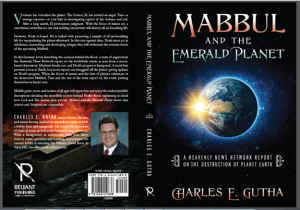Cadence is derived from the Latin word cadentia, which means “a falling.” It is the term used to signal the rising and falling of the voice when reading a literary piece.
In poetry, it is the momentary changes in rhythm and pitch. Cadences help set the rhythmic pace of a literary piece.
This was intentional on my part. At one point, I separated all the dialog of each character into separate files. I then went through each file to ensure their dialog, tempo and voice was consistent. Then I placed the changes back into the story. –
Chapter 2: Tom’s cadence is quick and staccato. Nakar is more slow and deliberate. Tom is like a piccolo whereas Nakar sounds like a cello.
“Sir, what’s happening?” Tom yelled as he crashed through the
newsroom door, sped through the hallway, clung to the re-
ception desk, and slid around the corner. He lowered his head,
sprinted toward Nakar’s door, and stopped just short of the en-
trance. “The Festival, Sir! What’s happened to the Festival?”
Nakar took a deep breath as he slowly looked up from his
work. His well-trained hair, straight nose, and olive skin gave him
the presence of a news anchor ready to appear before the cameras at
any given moment. As he tried to hide the grin crossing his face, his
shoulders shook imperceptibly. He took another deep breath, then
exhaled slowly. Slowly, he looked up from his work.
The entire news crew had been on edge from the day that mys-
terious messenger arrived, giving Nakar no choice. Orders were
orders, and these orders were very specific.

Back to: Literary devices
Last page: Cacophony
Next page: Characterization